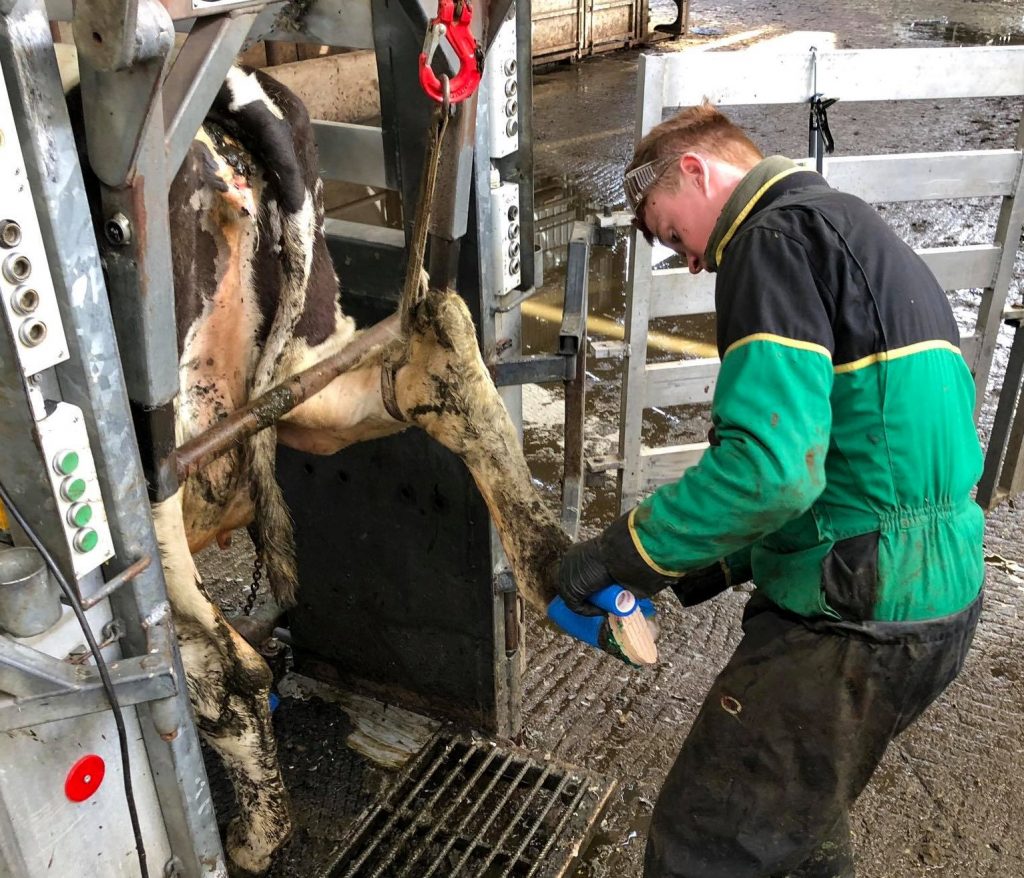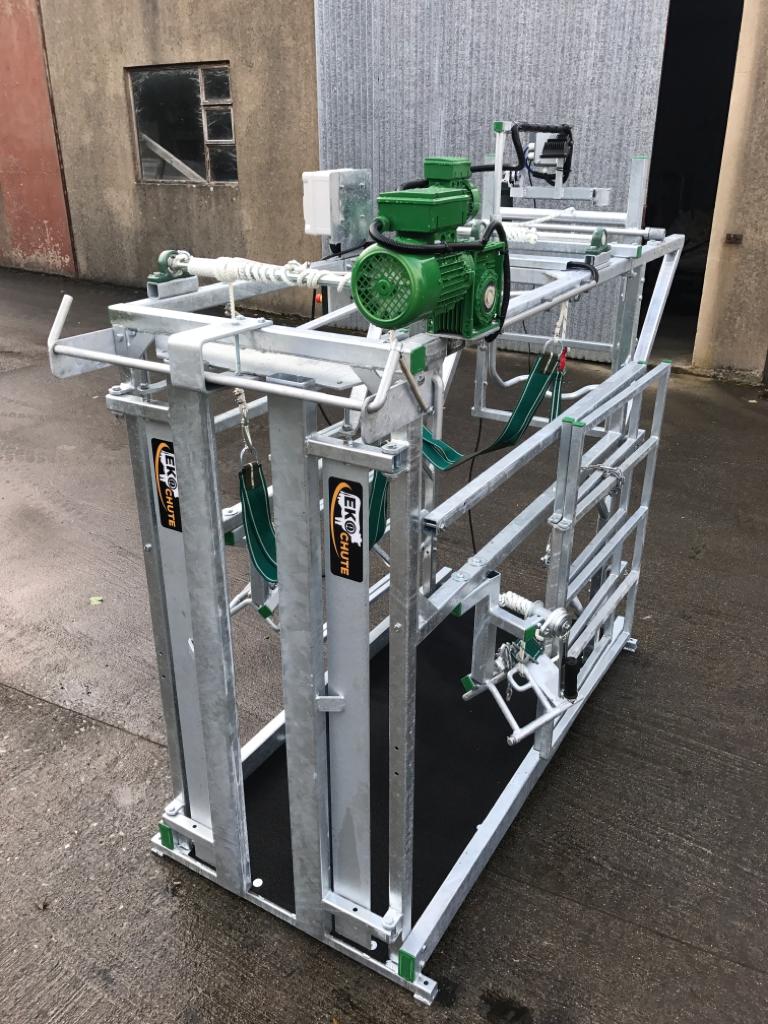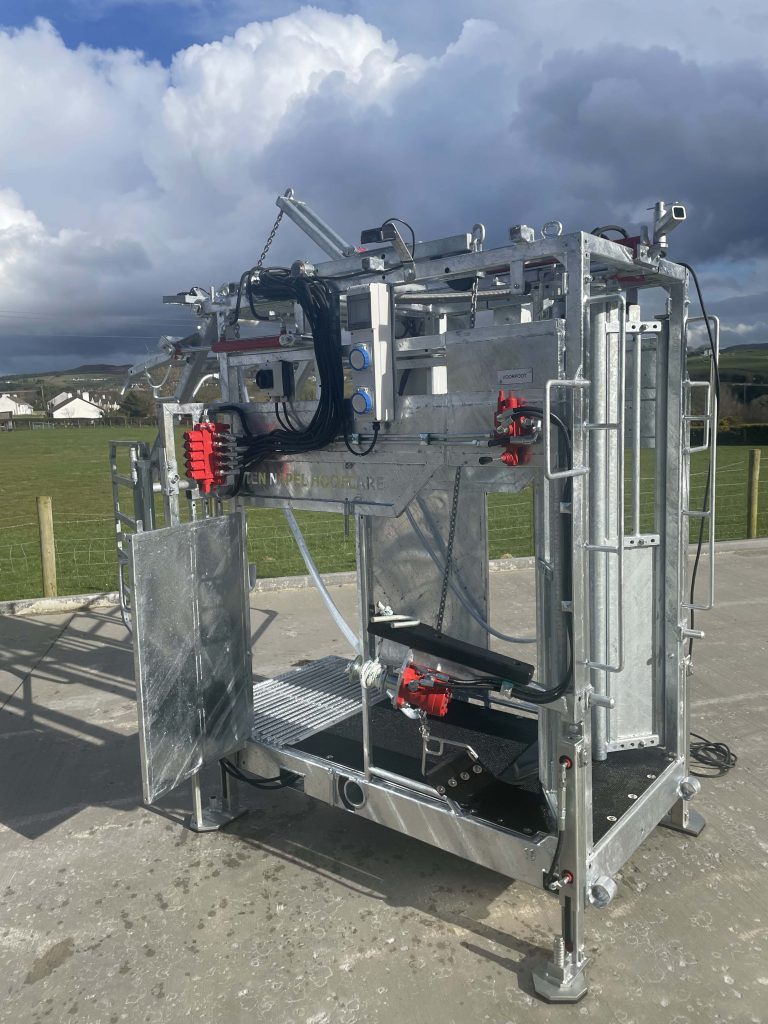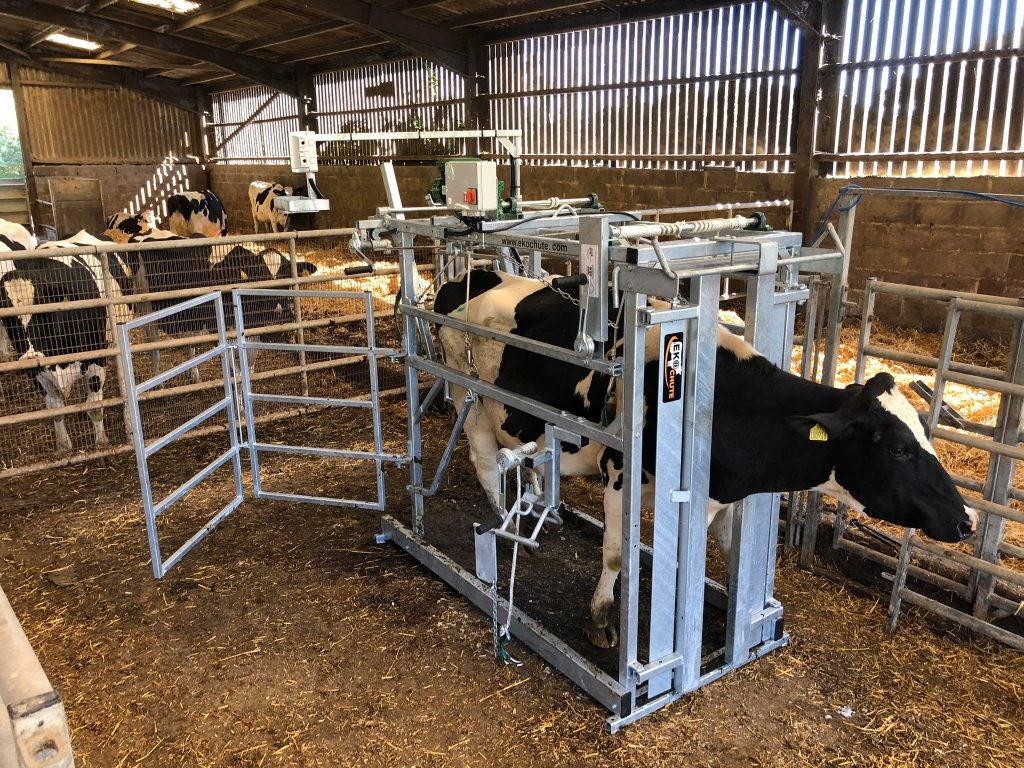No products in the basket.
Lameness is the number one welfare issue on dairy farms and can cost up to €300 per cow per year.*
For this reason, there is more and more focus on lameness prevention. As with all other basic farm practices, a proactive approach is much better than a reactive one. It’s better to prevent a problem, before it happens.
Therefore, a basic hoof trimming crush is fast becoming a vital piece of machinery on every farm. But how do you choose a hoof trimming crush that is suitable to your needs?
Choosing a Hoof Trimming Crush
There is no machine on the market that is ideal or perfect for every farmer. There are many factors to consider when buying a crush. In this blog, we will outline what to look for when buying a new hoof trimming crush.
- Herd Size- A crush suitable for a small herd may be entirely impractical for larger numbers
- Space- Do you have an adequate area for using the crush with enough space to safely work? Consider not only the dimensions of the machine, but the dimensions needed to operate the machine
- Using the machine-are you planning on trimming all your own feet, or is your machine simply to support the work of a hoof trimming contractor?
- Budget- How much can you afford to spend?
Features of a Good Hoof Trimming Crush
How your crush is set up, its location to the parlour, and its convenience to operate will determine how well you manage lameness. Regardless of herd size or how often you plan to trim, some features are essential on any hoof trimming crush.
- Width: The crush must be wide enough to allow cows to enter freely and willingly. If the crush is too narrow, or too low, it will cause loading problems. We recommend a minimum width of 750mm and a minimum height of 1700mm
- W-Bar: Most modern hoof trimming chutes are equipped with a W-Bar, although not all. A W-Bar greatly improves the position of the foot when trimming. It also improves safety for the user.
- Double Belly Bands: A cow will spend longer in the chute when a farmer is trimming than a contractor. A double belly band offers twice the support for the cow. This reduces her risk of going down if her feet are elevated for longer periods of time.
- Automatic locking head gate: A headgate should be convenient and easily accessible. Preferably the cow will lock herself in, and an outward opening gate allows the cow to exit easily.
- Front Feet Systems: Often there is focus on back feet in crush design, with front feet being an afterthought. Consider the design of the front feet when choosing a crush.
An example of what to look for when buying a new hoof trimming crush can be found in our Ekochute Hooftrimming range.
While there are many crushes on the market, we recommend choosing quality. Typically, a hoof trimming crush is a 20 to 30 year investment, so buy once, and buy right! Contact us today on info@ekohoofcare.com or 078 4587 6633 to discuss the perfect crush for your system in more detail.
*these figures are based on an Agriland article ‘How Much Can Lameness Cost Your Dairy Farm Per Year’ more details here










